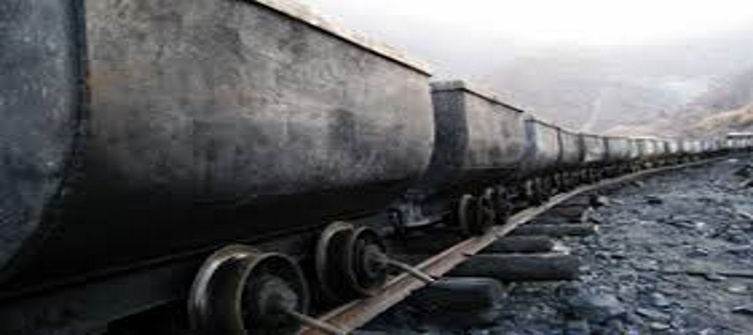
The first of the three dedicated rail corridors planned for large coal mines in Jharkhand will become operational on Friday, unlocking the prospect of raising coal production by 149 million tonne a year and bringing railways closer to mopping up additional annual revenue of Rs 10,000 crore.
Coal and railway minister Piyush Goyal is scheduled to inaugurate the Tori-Balumath section of the Tori-Shivpur dedicated railway link in Jharkhand’s North Karanpura area on Friday through video conferencing. The project will allow Central Coalfields Ltd to ramp up production from Magadh, and Amrapali mines as well as start production at Chandragupta and Sanghamitra blocks in North Karanpura area.
To put the rail corridor’s importance in perspective, consider the fact that just Magadh and Amrapali, where mining operations have been restricted due to constraints over evacuation facility, can fuel generation capacity of 20,000-25,000 MW by providing 102 million tonne of coal a year. Chandragupta and Sanghamitra can another 47 million tonne peak production once they mines are opened.
“This line will breathe life into CCL’s production by allowing us to raise output from Magadh and Amrapali as well as look at opening other mines. The Tori-Shivpuri corridor will have a capacity of 48 rakes per day, or 16 million tonne per annum, once the project is completed,” Central Coalfields chairman Gopal Singh told.
Explaining the earning potential for Railways, Singh said coal from North Karanpura mines will move through the corridor to power stations in Punjab at a distance of 1,200 km as well as generation plants only 200-300 kms away. “Railways earns Rs 100 crore for every million tonne of coal transported over 500 km. So if you average out the distance to 500 km, the corridor will generate a revenue of Rs 10,000 crore even if 100 million tonne coal is sent through the line,” Singh said.The project, funded by Central Coalfields, was initiated in August 2000 but work remained stuck due to issues pertaining to land and environmental clearances, missing the completion target of 2006. The issues were sorted out after the Narendra Modi government came to power in 2014. The issues were finally resolved in March 2016 and a tentative completion deadline was set for December 2017.
